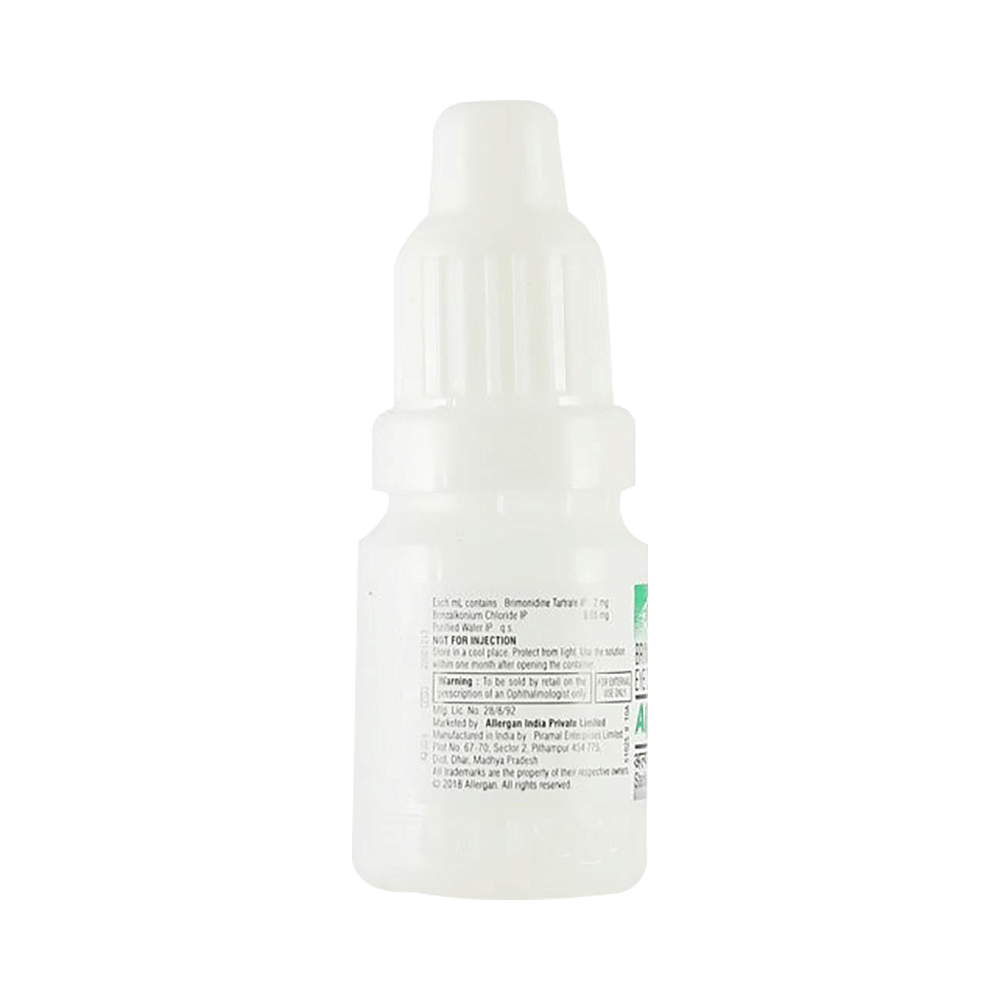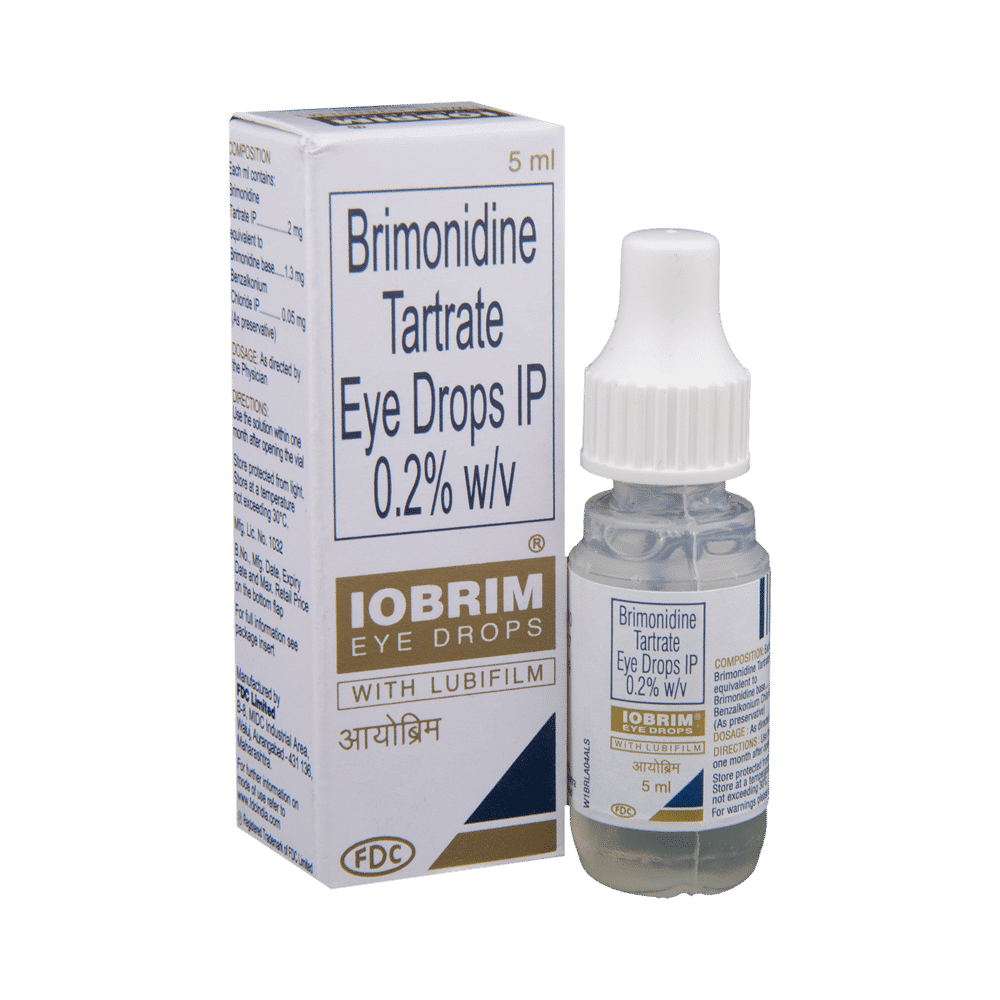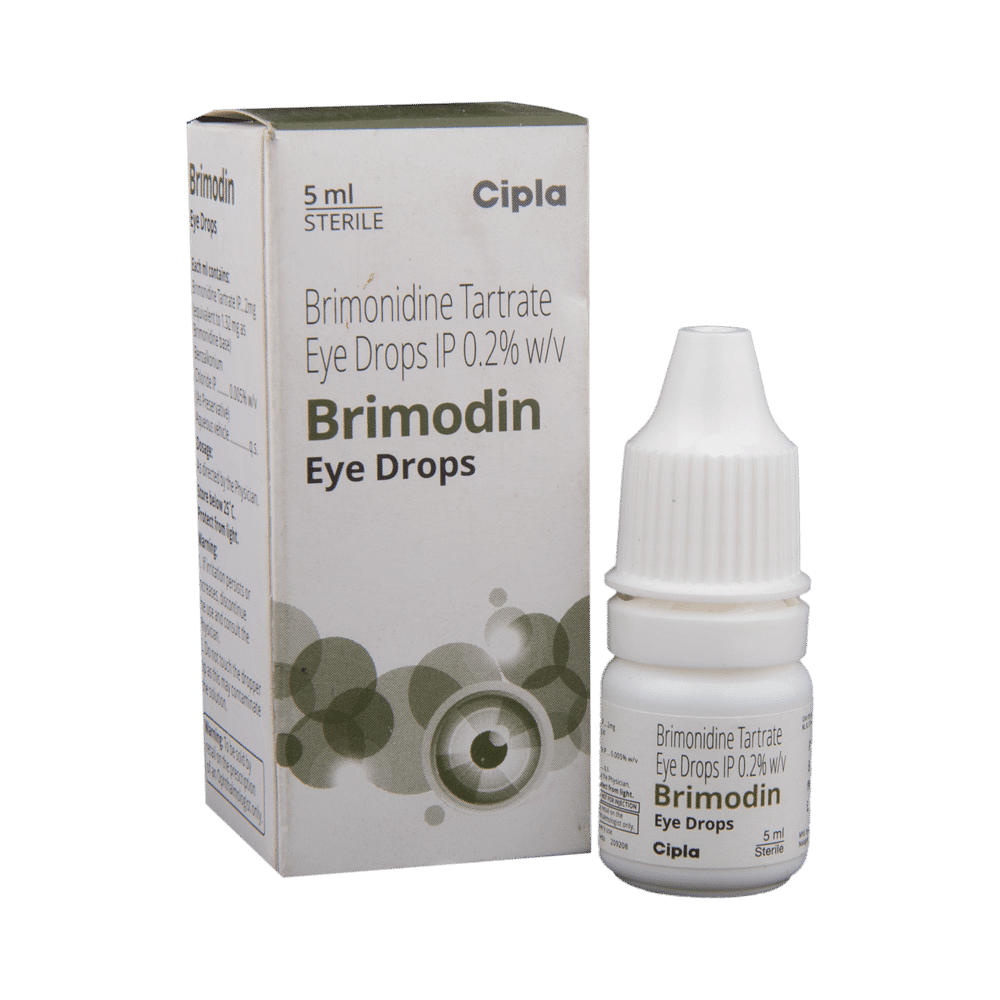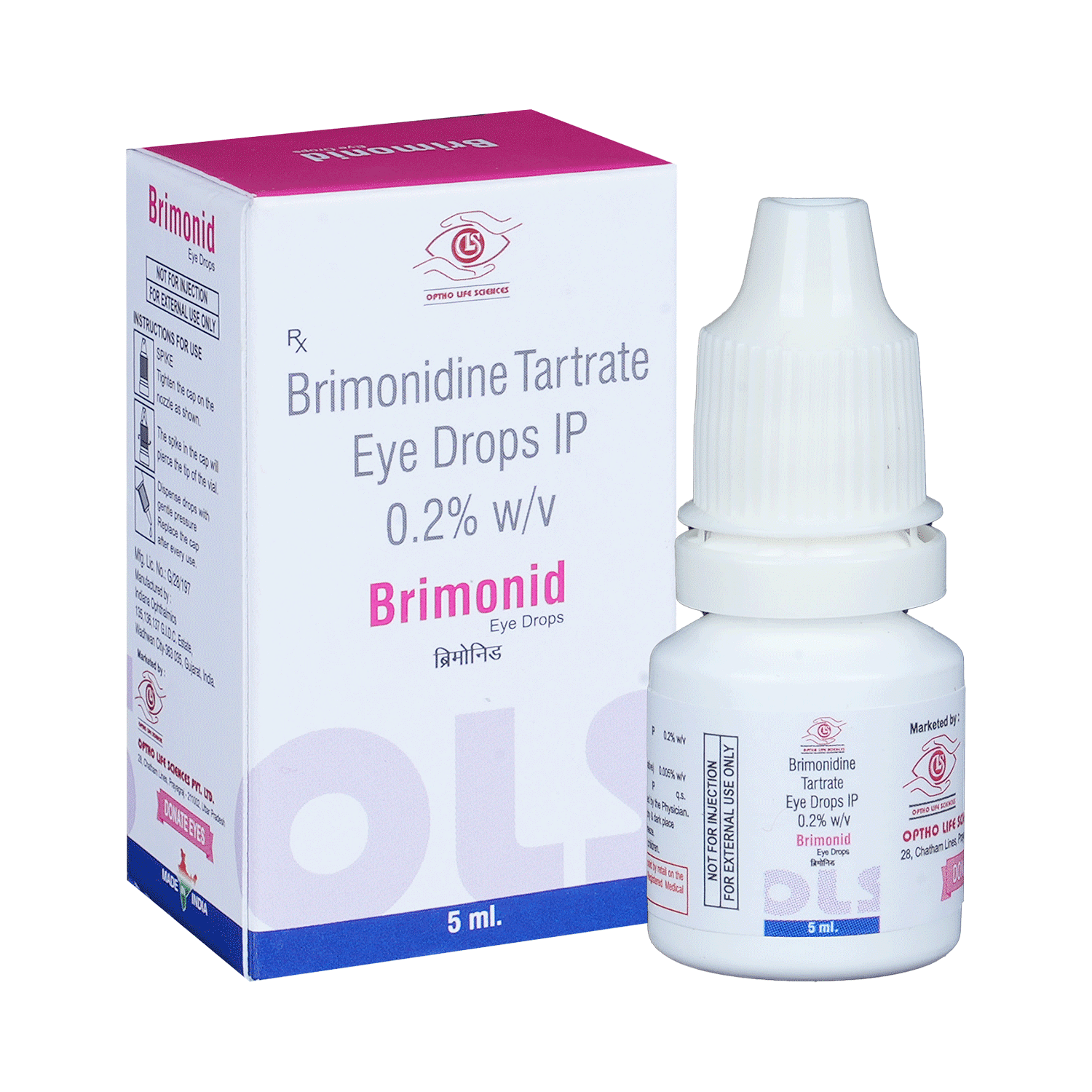
Brimonist Eye Drop
Manufacturer
Neiss Labs Pvt Ltd
Salt Composition
Brimonidine (0.2% w/v)
Key Information
Short Description
Brimonist Eye Drop is used to treat ocular hypertension (pressure in the eye) and glaucoma, helping to lower high pressure in the eye and reduce the risk of vision loss.
Dosage Form
Eye Drop
Introduction
Brimonist Eye Drop is a sympathomimetic used to treat ocular hypertension and glaucoma. It works by decreasing the production of aqueous humour, thereby lowering increased eye pressure. For best results, use it daily in the evening or at night. If you wear contact lenses, remove them before using the medication. Avoid touching the tip of the dropper to any surface as it may contaminate the eye drop.
Directions for Use
This medicine is for external use only. Use it in the dose and duration as advised by your doctor. Check the label for directions before use. Hold the dropper close to the eye without touching it. Gently squeeze the dropper and place the medicine inside the lower eyelid. Wipe off the extra liquid.
Safety Information
Side Effects
Allergic conjunctivitis Burning sensation Conjunctival inflammation Conjunctival hyperemia Eye itching High blood pressure Allergic reaction in the eyes Dry mouth Visual disturbance
Alcohol Warning
No interaction found/established
Breastfeeding Warning
Brimonist Eye Drop is probably safe to use during breastfeeding. Limited human data suggests that the drug does not represent any significant risk to the baby. To reduce the amount of Brimonist Eye Drop that reaches the breastmilk, place pressure over the corner of the eye for 1 minute or more, then remove the excess solution with an absorbent tissue.
Pregnancy Warning
Brimonist Eye Drop is generally considered safe to use during pregnancy. Animal studies have shown low or no adverse effects to the developing baby; however, there are limited human studies.
How it works
Brimonist Eye Drop is a sympathomimetic. It works by decreasing the production of aqueous humour (fluid in the eye) thereby lowering the increased eye pressure.
Quick Tips
Brimonist Eye Drop helps lower high pressure in the eye and reduces the risk of vision loss. For best results, put one drop 2-3 times daily in the affected eye(s). Apply pressure on the corner of the eye (close to the nose) for about 1 minute immediately after instilling the drop. Remove contact lenses before using Brimonist Eye Drop and allow at least 15 minutes before re-inserting them. Do not touch the tip of the dropper to any surface or to your eye to avoid contaminating the eye drops.
Related Medicines

Alphagan Eye Drop

Iobrim Eye Drop

Brimodin Eye Drop

Brimed 0.2% Eye Drop

Brimoron 0.2% Eye Drop

Brimonid Eye Drop

Brimopress Eye Drop

Reus Eye Drop

Iysetra Eye Drop

Brintod 0.2% Eye Drop
Frequently asked questions
Is Brimonist Eye Drop a beta blocker?
No, Brimonist Eye Drop is not a beta blocker. It is an alpha adrenergic agonist that acts on the alpha adrenergic receptors in the eye to reduce intraocular pressure by decreasing fluid production.
Does Brimonist Eye Drop cause drowsiness or fatigue?
Yes, Brimonist Eye Drop may cause drowsiness and fatigue, which can impair your ability to drive or operate machinery. Additionally, it may cause blurred vision or abnormal visual effects that could impact safe driving or operating machinery, especially at night or in low light conditions. It is recommended to avoid driving or using heavy machinery until these symptoms have resolved.
Can Brimonist Eye Drop lower blood pressure?
Brimonist Eye Drop may cause fluctuations in blood pressure. If you are already taking medications to manage high blood pressure, it is essential to inform your doctor before using Brimonist Eye Drop. Regularly monitor your blood pressure while on this medication.
Does Brimonist Eye Drop cause pupil dilation?
No, Brimonist Eye Drop does not cause pupil dilation. In rare instances, it may lead to miosis (pupil constriction), which can result in night vision difficulties, halos, or glare around lights. If you experience these symptoms, please consult your doctor.


